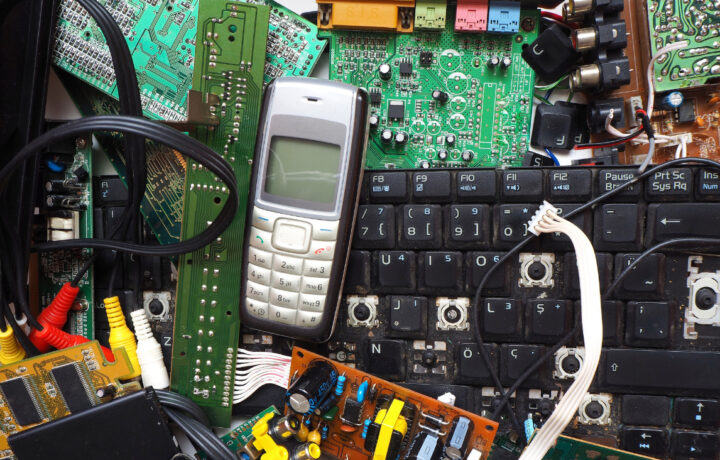The old saying “one man’s trash is another man’s treasure” may ring true, at least when it comes to efforts for the U.S. to obtain certain rare earth minerals. According to a September 2024 report from the Government Accountability Office (GAO), between 2019 and 2022, the United States was forced to import more than 95% of the total rare earths it consumed – and much of it was from China.
The danger is that if Beijing stopped the sale of such minerals, the U.S. could lose access to that supply. The U.S. has been mining fewer rare earths for decades, and because of stricter environmental regulations, it could be difficult for the U.S. to make up the shortfall. Moreover, the U.S. may lack substitutes that will perform as well.
Rare earth minerals such as dysprosium, neodymium, and lanthanum are crucial for many consumer goods – notably personal electronics including smartphones – but also are critical in the production of components for national defense.
Even if the U.S. industry could succeed in restarting domestic mining, the issue remains that there is a finite supply, hence why some materials are known as “rare.” That is why other solutions are being considered, and that’s where the trash comes into play.
Houston-based REEcycle is looking to mine the rare earths, but not from the ground. Rather it is looking to recover the minerals from the countless tons of electronic waste (e-waste) produced annually. The company is leading the efforts to recover four key elements vital for neodymium iron boron (NdFeB) magnets, which are used in the production of electric motors for drones, missiles, and even submarines.
Literally From Trash to Treasure
The efforts are meant to support the 2024 National Defense Industrial Strategy’s objective, which called for the expansion of domestic production of critical minerals by expanding supply chain resilience.
“REEcycle’s proprietary processes recover more than 98% of the elements neodymium, praseodymium, dysprosium, and terbium, the rare earths that impart essential properties in the NdFeB magnets used in critical national defense systems. Following the restart of its demonstration plant, REEcycle intends to commission a commercial plant and establish itself as a merchant supplier to companies engaged in downstream metallization and magnet manufacturing,” the Department of Defense (DoD) explained earlier this month.
Founded in 2012 at the University of Houston in response to the Department of Energy (DoE) reports on critical materials for future energy use, REEcycle has developed a chemical reaction that can extract 15 of the 17 rare earth minerals found in discarded E-waste.
The company has since received both a Phase I and Phase II award from the National Science Foundation bringing total non-dilutive funding received to nearly $1.4 million.
E-waste Mining
Efforts to extract minerals from e-waste aren’t exactly new. The process, also known as “urban mining,” has previously sought to recover more valuable metals – notably gold, silver, copper, platinum, and palladium – but even iron and aluminum have been extracted.
E-waste has often been shipped overseas, where the efforts to recover those elements have been anything but green. In some cases, circuit boards have been burned or melted to obtain the gold.
Greener efforts are now underway, and will likely become increasingly necessary because mining the Earth for rare earth minerals is simply unsustainable.
“Being able to recover scarce materials is not only good for the environment but this could be hugely beneficial in a war,” explained technology industry analyst Rob Enderle of the Enderle Group.
He told ClearanceJobs that this is particularly true when most of those resources exist in remote locations and outside of the country.
“In a war you’re logistics are always at risk, the more remote the higher the risk, by recycling they significantly reduce this risk for the materials recycled making the ability to prosecute a war far stronger and reducing significantly the risks of logistical failures for those materials,” Enderle added. “There may be cost benefits as well but that depends on the material, the costs of labor to acquire it when raw, and the costs of the recycling effort. But recycled materials are often already refined which should offset the cost of the recycling itself.”




